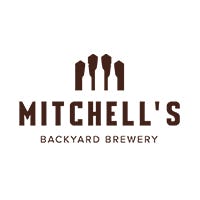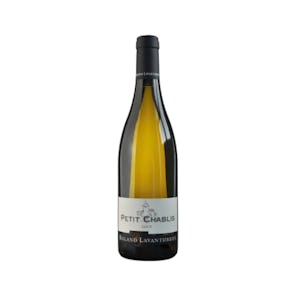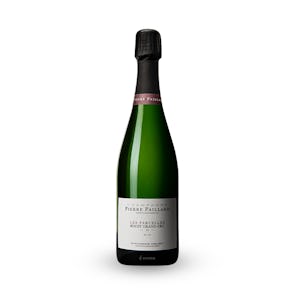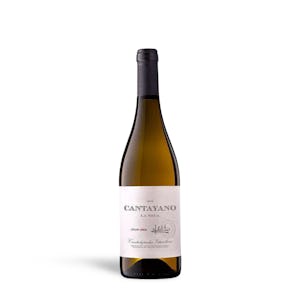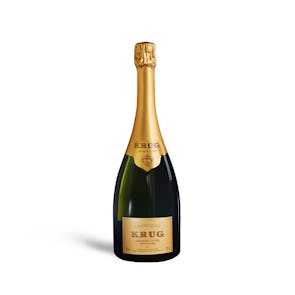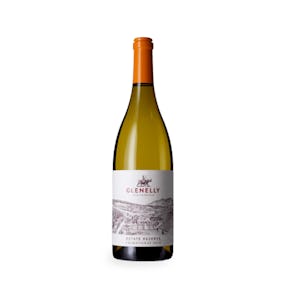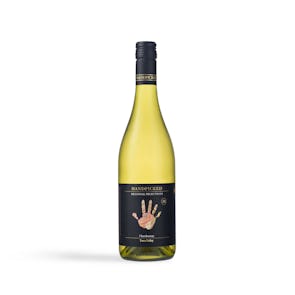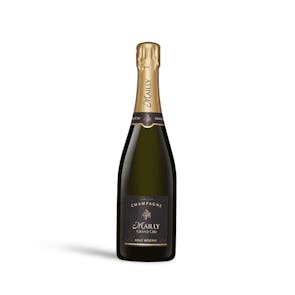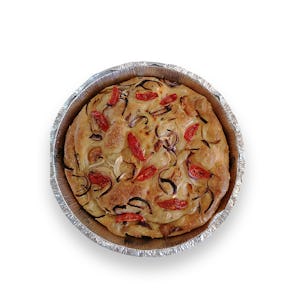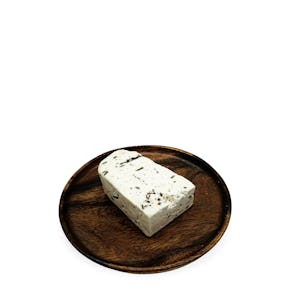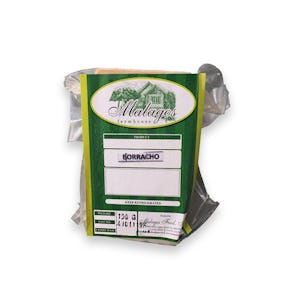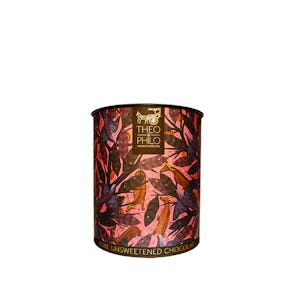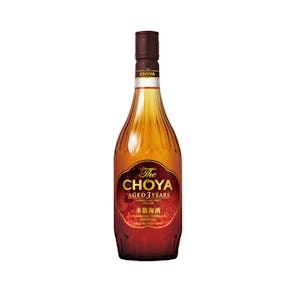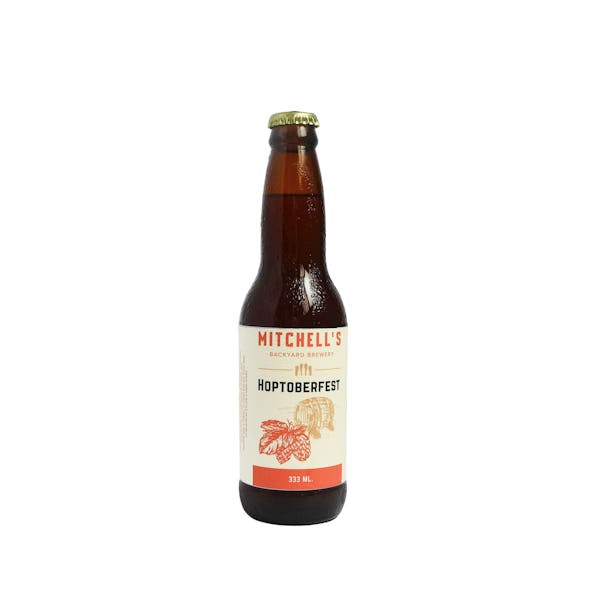
TASTING NOTES FROM THE CURATOR
In this deeply golden—almost coppery—hop-filled lagerbier, Munich malt is at the forefront with a balance of clean, peppery bitterness and caramel, plus an aroma reminiscent of warm biscuits and toasted bread. A little on the lighter side of what is now considered Oktoberfest brew, it lives up to the origins of this beer as an early spring drink rather than a deep fall one.
PAIRINGS
A cheese beer, the Märzenbier is, with its malty bread-like taste and peppery hops. It slices straight through rich flavors like Gouda and cheeses from the Alpine regions like Gruyère, Fontina, and Comté. That same pepperiness makes it great with sausages and tomato-based pizzas, or even a smoky pork chop. Mexican food, which goes well with Vienna Lager, finds a friend with this Hoptoberfest too. Just try it with carnitas and see for yourself.
This beer is best consumed in a stein to experience its full flavor and prevent warming, but a becher glass makes a fine replacement to showcase both clarity and color while concentrating aromas.
FROM SPRING TO FALL, A TRADITION
This hoppy, malty beer was invented around 1840 as an adaptation of the then-popular Vienna Lager. It was named the Märzenbier—from the German word for March—since this was when it was generally (legally) brewed. Stored in cold caves, it was consumed through the summer. What was left was drank in the fall to celebrate the harvest and the start of new brewing season. But how did this traditional beer end up Mexican-perfect too? Back in the 19th century, Germans and Austrians from the Austro-Hungarian Empire moved there and brought their beers with them!
Storage Instructions
Store beer bottles upright to prevent yeast rings from appearing. They must be kept in a cool, dark place at approximately 13°C. Don’t allow beer to be caught in bright light for long periods of time to prevent it from attaining a “skunky” taste.

